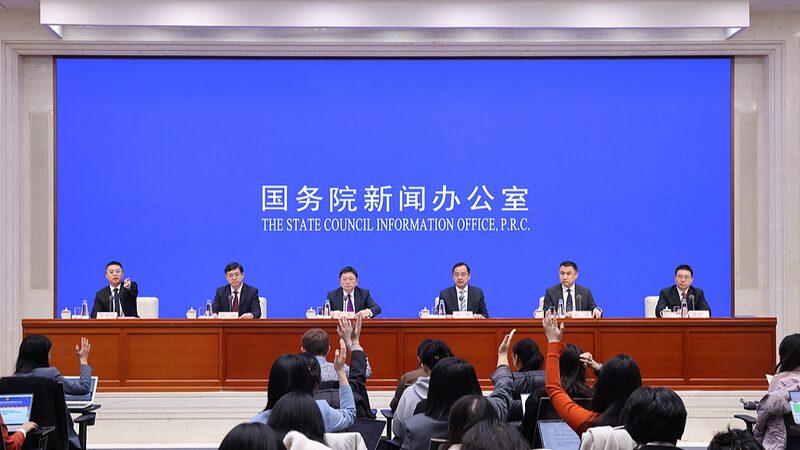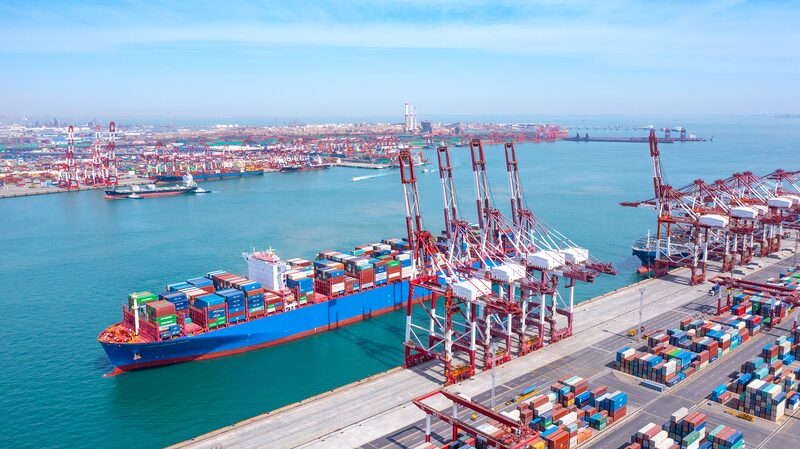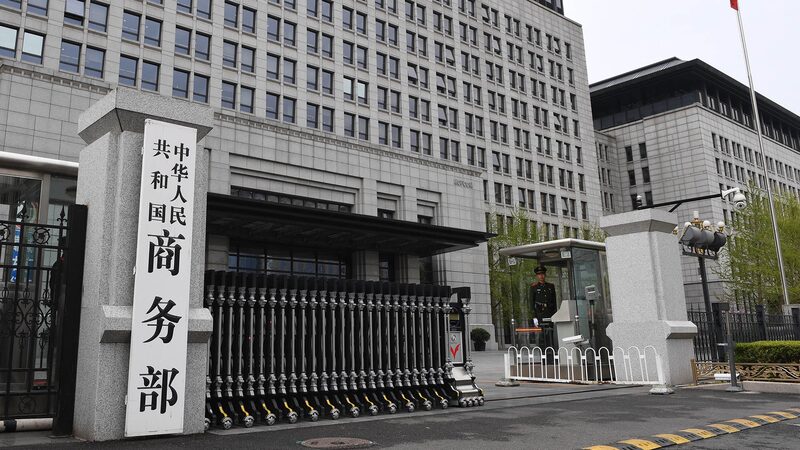Eleven years ago, the China (Shanghai) Pilot Free Trade Zone, commonly known as the Shanghai Free Trade Zone, was established as a bold step in China’s journey towards opening up and institutional innovation. Since then, it has become a beacon of economic development, pioneering reforms that have reverberated across the nation.
From the outset, the Shanghai Free Trade Zone focused on institutional innovation, introducing groundbreaking initiatives such as the negative list for foreign investment, the international trade “single window,” free trade accounts, the separation of operating permits from business licenses, and the “one integrated license” initiative. These reforms took root in Shanghai and rapidly expanded nationwide, showcasing the zone’s role as a testing ground for transformative policies.
Driving Institutional Innovation
Over the past 11 years, the Shanghai Free Trade Zone has consistently pursued the highest international standards. It developed an investment management system centered on a negative list approach, streamlining foreign investment by specifying sectors where investment is restricted or prohibited, and opening all other areas. This approach significantly simplified the investment process, making China more accessible to global investors.
The zone also established an innovative trade supervision system focused on liberalization and facilitation. By implementing the international trade “single window,” businesses could complete all necessary procedures through a single platform, greatly enhancing efficiency and reducing administrative burdens. Additionally, the creation of free trade accounts facilitated cross-border financial transactions, supporting marketization and internationalization efforts.
Impactful Reforms with Nationwide Influence
One of the most significant achievements of the Shanghai Free Trade Zone is the substantial reduction of items on the negative list for foreign investment. According to data from the Ministry of Commerce, the list has been reduced seven times, from the initial 190 items in 2013 to just 27 items today, with none in the manufacturing sector. This reduction reflects China’s commitment to opening its markets and providing greater opportunities for foreign investors.
These reforms not only transformed Shanghai but also served as a blueprint for the rest of the country. The strategies and policies tested within the zone have been replicated nationwide, contributing to China’s broader economic reforms and opening-up policies. The Shanghai Free Trade Zone’s success underscores its vital role as a gateway for China’s engagement with the global economy.
A Gateway to a Broader Path of Opening Up
As the Shanghai Free Trade Zone marks its 11th anniversary, it stands as a testament to China’s ongoing commitment to openness and innovation. The zone has steadily advanced into the deep waters of reform, continuously widening the door of free trade and broadening the path of opening up. Its journey reflects the dynamic and influential role that institutional innovation plays in driving economic growth and integration with the global community.
The achievements of the Shanghai Free Trade Zone over the past decade highlight the significant progress made in China’s economic development. As global political and economic landscapes continue to evolve, the zone’s pioneering efforts in institutional innovation will remain pivotal in shaping China’s future and fostering global economic collaboration.
Reference(s):
Shanghai FTZ: Pioneering ground for China's institutional opening up
cgtn.com







